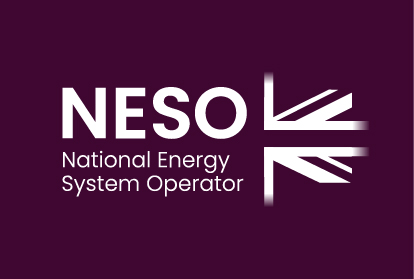NESO is considering alternative arrangements to effectively manage constraints and interconnector flows. This project will consider the current NTC arrangements, assess the feasibility of an NTC market and explore the potential to systematically extend the use of trades, from interconnectors to a greater number of generators.
The project findings could offer NESO a route to procure NTCs through a competitive market and provide insights into potential efficiencies and cost savings compared to the current arrangements.
Benefits
This project will deliver valuable insights into the drivers, benefits, and drawbacks of current NTC arrangements, providing a foundation for more efficient and cost-effective solutions. Key benefits include:
1. Enhanced Market Efficiency – By assessing the feasibility of a market-based approach for setting NTC restrictions, including high-level design (e.g., auction processes), fallback mechanisms, and cost-benefit analysis, this project could lead to the development of a competitive and more effective NTC market.
2. Reduced Reliance on NTCs – Through qualitative and cost-benefit analysis, the project will evaluate alternative approaches that minimize dependence on NTC restrictions, potentially improving system flexibility and resilience.
The final report will present actionable recommendations, supporting more efficient market-based solutions and/or reducing reliance on NTC restrictions
Learnings
Outcomes
The report from FTI indicated findings which have been summarised below:
NTCs are required to manage system security - NESO’s existing NTC tool is effective for system security and offers unique functionality, but it may lead to higher costs for GB consumers and lacks transparency.
Introducing an NTC market could theoretically lower consumer costs while maintaining system security, especially when price differences across European markets are significant.
An NTC market could provide some cost savings of between EUR 0.46m to EUR4.84M per year, which are related to the cost differentials in the connected countries. However, the benefits calculated come with a number of related assumptions. If these assumptions are not realised, then the benefits will decrease.
An NTC market is likely only viable for interconnectors (ICs) in the Southeast of GB due to limited competition elsewhere, meaning the current system will still be needed in the short to medium term. Realising the benefits of an NTC market is uncertain due to risks like market power concentration and strategic bidding. The complexity of implementation makes the case for change relatively weak in the near term.
Improving NESO’s trading operations aligns with its current strategic direction and could reduce reliance on non-market NTC restrictions, though it would add complexity and not eliminate the need for restrictions.
While NESO has made progress in transparency and trading efficiency, further improvements are possible. A full redesign of the NTC tool is not justified currently; gradual enhancements are the preferred path forward.
All Interconnectors would have to transition from ITLs to NTCs.
Lessons Learnt
The key lessons learned from work package 1:
- Following Ofgem’s recent Window 3 decision, IC capacity in the southeast could increase to 13 GW by 2032, potentially driving greater volumes of network constraints and resulting NESO actions.
- In practice, the cost of making a given IC whole (consistent with the overarching objective of the NTC Commercial Arrangements policy) will, at times, vary by IC. Broadly, ICs that are connected to markets with smaller differentials between the GB whole price and the connected market wholesale price will be cheaper to make whole, and vice versa. Additionally, the non-market nature of the current tool means there is no potential for competitive pressures between ICs to drive down compensation payable by NESO, although compensation is typically based on market prices (for example, the results of subsequent capacity auction results). Taken together, these issues mean that the current NTC design risks imposing higher than necessary costs on GB consumers.
- Investment decisions are unlikely to be materially impacted by NTC usage under the status quo (at least as long as the nature and frequency of NTC usage remains broadly in line with recent historical trends).
The key lessons learned so far from work package 2
- Expected £1.1m of savings with an NTC market compared to the current status quo arrangements.
- Growing complexity of managing GB system constraints (due to, for example, regional imbalances between supply and demand, growing interconnector capacity, increased intermittency from growing renewables capacity) is likely to change the size of average NTC restrictions.
- Gross cost savings of a competitive market for NTC restrictions is driven by differences in GB-EU price differentials across connected countries.
- An NTC Market necessarily allocates a greater proportion of restriction onto one or two interconnectors, over others. In approving an NTC market, Ofgem and NESO would signal a willingness for reduced utilisation of some cables over others.
- Interconnectors facing the greatest volume of restrictions may, at best, reflect this inconvenience in their bids. However, they may also interpret high restriction levels as reflective of their significant value to the system and therefore, increase bids above cost-effective levels.




